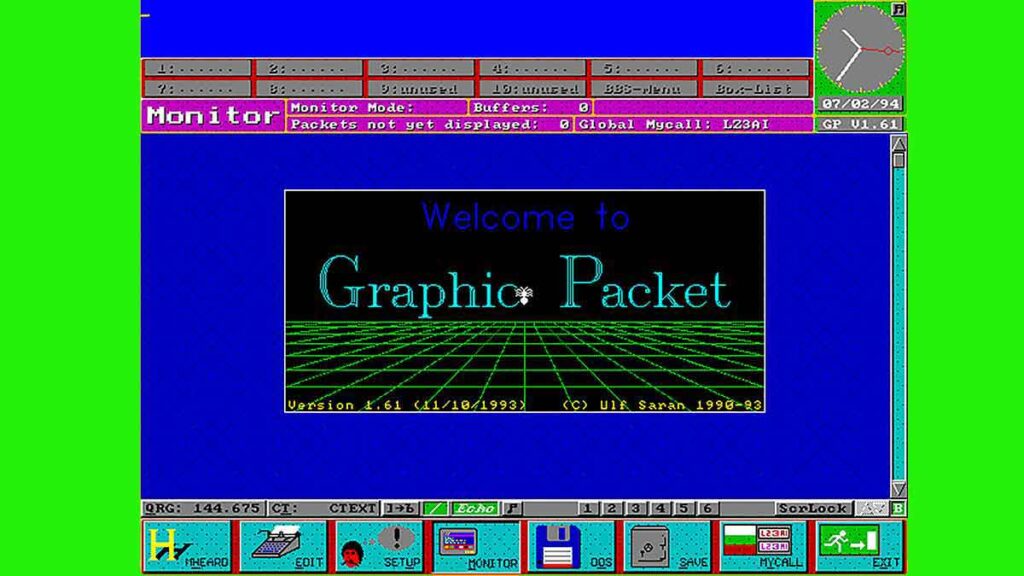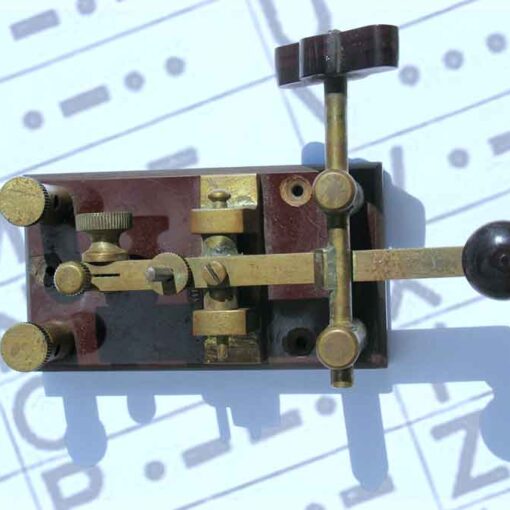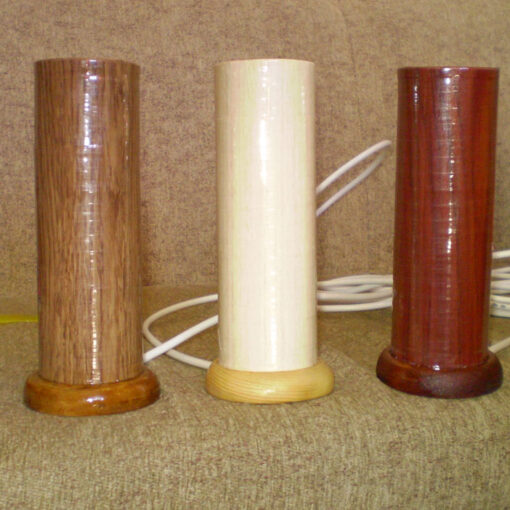
What is a PACKET?
PACKET or PACKET-RADIO is a radio mode for transmitting data between radio stations equipped with computers and already called PACKET stations, in which the transmitted data is divided into packets. In short: transmitting data over radio using packet switching.
Its roots lie in the Hawaiian Islands since 1970, where the local university began to use this mode for inter-island communication. He entered the amateur radio hobby for the first time in 1978 in Canada.
Its main advantage is the absence of errors.
The data rate is most often 300 bit/s on HF and 1200 bit/s or sometimes 9600 bit/s on VHF. The telephone mode of the radio station is used – FM or SSB.
Frequencies for PACKET:
| 80 m | 3.590 – 3.600 kHz |
| 20 m | 14.089 – 14.099 kHz |
| 14.101 – 14.112 kHz | |
| 15 m | 21.100 – 21.120 kHz |
| 10 m | 29.200 – 29.300 kHz |
Features of PACKET
PACKET operators are prohibited from transmitting:
- advertisement for selling, buying and trading goods, including radio amateur equipment;
- any opinions on the subject of politics, propaganda or religion;
- inappropriate expressions and words, cynicism, swearing, slander and the like;
- any copyrighted materials;
- materials that in any way violate the privacy of the individual, regardless of whether they are personal or corporate.
Avoid long messages so as not to overload the network.
Do not allow SPAM.
The same rules apply to BBS information.
BBSs are nodes designed primarily for the exchange of mail messages, but depending on their software, they can also provide a number of other services – file sharing, gateways to other networks, etc.
BBS administrators are required to configure the system so that the text of each message contains the initials of the BBS for purposes of identification and tracking of the message path.
BBS administrators are required to provide reliable service to a clearly defined area with a clearly defined purpose.
BBS administrators are responsible for the content and operation of the BBS they maintain.
Shortwave BBS is only built in areas where VHF is not possible.
BBS administrators have the right, after warning, to block certain users who do not comply with the necessary ethical norms of behavior and the above rules.
Administrators of BBS and PACKET nodes do not allow the use of the network by unlicensed radio amateurs. Licensed radio amateurs can access the PACKET network in any way possible, including through Dial-Up and gateways from other networks. At the same time, they must not allow the passage of information that is illegitimate for radio amateur networks from other places in the PACKET network.
Other specialized nodes can perform the functions of repeaters. Most often this happens on the same frequency. Due to their use in digital networks, it is customary to call them digipitters.
Shortwave PACKET operation at rates other than 300 baud, 200 Hz deviation and AX.25 protocol is not recommended.
Full-fledged TCP/IP networks with all the services provided by this protocol package can be built on packet networks.



